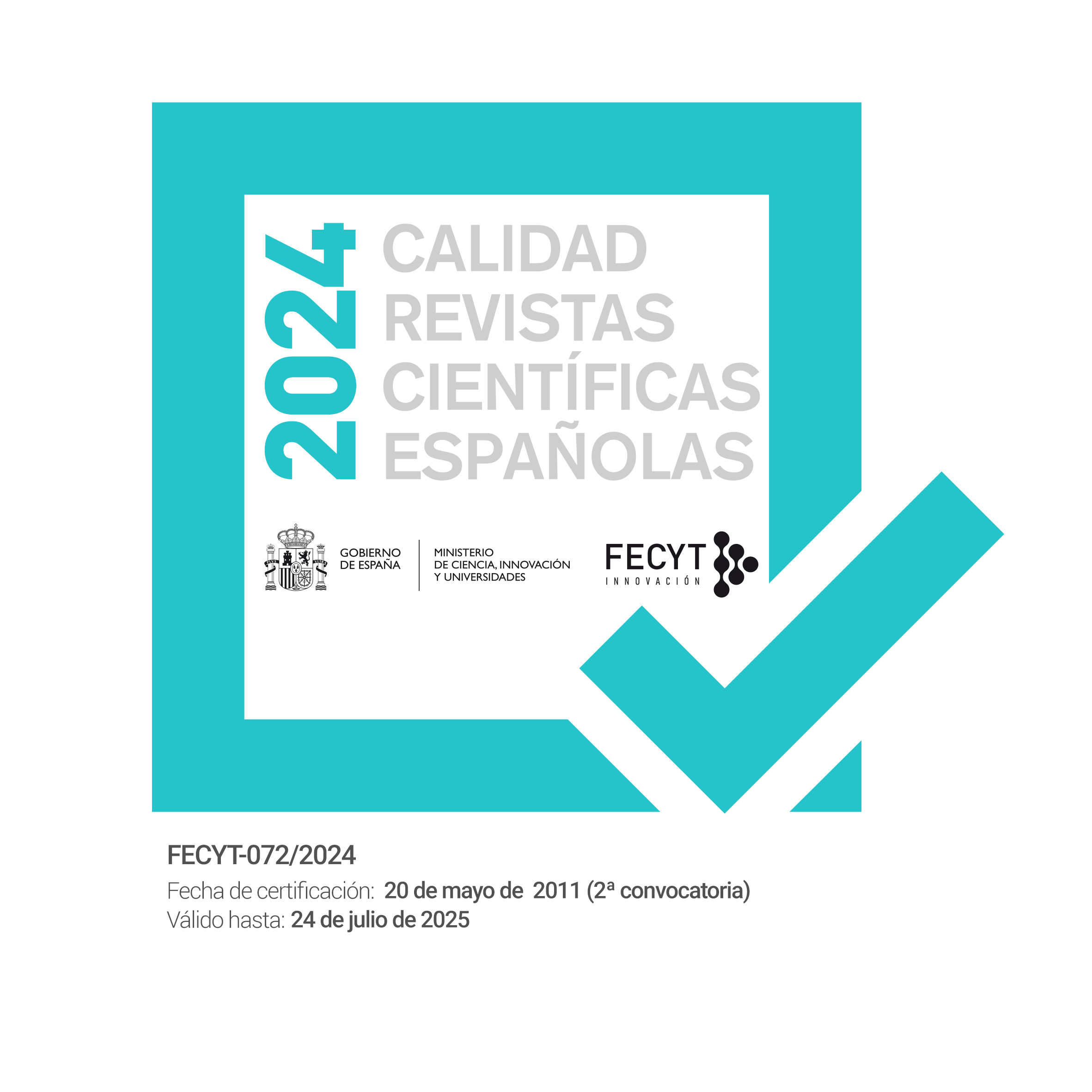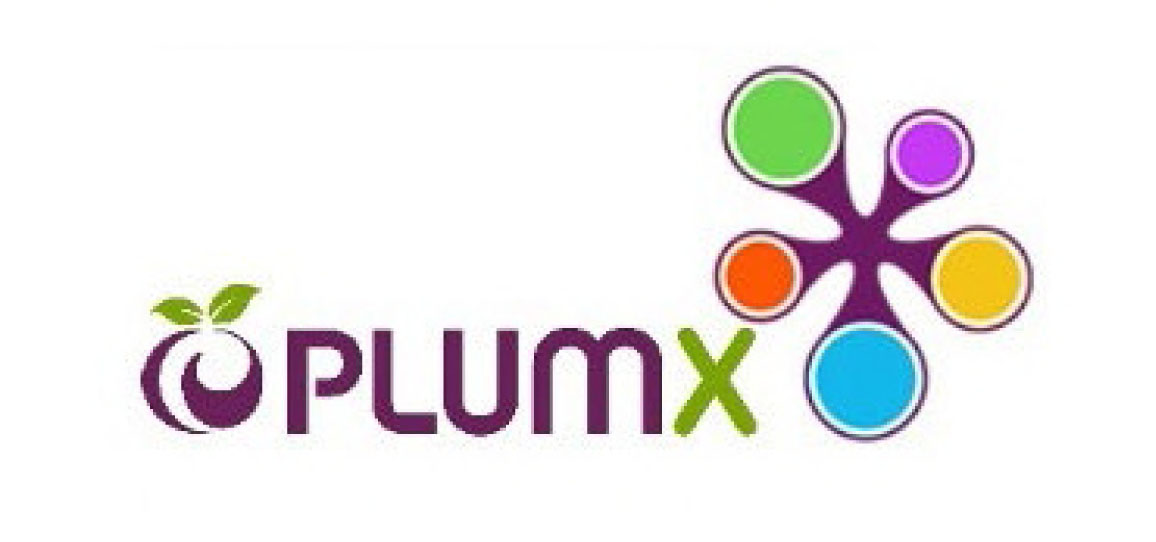Primer registro de Lycaena helle ([Denis & Schiffermüller], 1775) en peligro de extinción para Turquía (Lepidoptera: Lycaenidae)
DOI:
https://doi.org/10.57065/shilap.185Palabras clave:
Lepidoptera, Lycaenidae, Lycaena helle, nuevo registro, Eunis, TurquíaResumen
Lycaena helle ([Denis & Schiffermüller],1775), está en la lista Roja Europea de mariposas en peligro de extinción. Citamos el primer registro de esta especie en Turquía. Se porporciona información y fotografías del hábitat EUNIS del área donde se colectó un individuo adulto, junto con una fotografía de la especie de su habitus dorsal y ventral. Fueron evaluadas la distribución, estatus y hábitat de la especie en la región Paleártica.
Descargas
Estadísticas globales ℹ️
|
626
Visualizaciones
|
483
Descargas
|
|
1109
Total
|
|
Citas
DAVIES, C. E., MOSS, D. & HILL, M. O., 2004.– EUNIS Habitat Classification Revised.– European Environment Agency, European Topic Centre on Nature Protection and Biodiversity: 1-307.
BALINT, Z., 1993.– The threatened lycaenids of the Carpathian Basin, east-central Europe: 105-110.– In T. R. Ed.– New Conservation Biology of Lycaenidae (Butterflies): 173 pp. The IUCN Species Survival Commission, Strasburg.
BOZANO, G. C., 2004.– Lycaenidae part III. Subfamily Theclinae. Tribe Eumaeini (partim). Satyrium, Superflua, Armenia, Neolycaena, Rhymnaria.– Guide to the butterflies of the Palaearctic Region: 94 pp. Omnes Artes, Milano.
BOZANO, G. C. & WEIDENHOFFER, Z., 2001.– Lycaenidae part I. Subfamily Lycaeninae.– Guide to the butterflies of the Palaearctic region: 62 pp. Omes Art, Milano.
BUSZKO, J. & MASLOWSKI, J., 2008.– Motyle dzienne Polski: 274 pp. Koliber, Nowy Sacz.
DIDMANIDZE, E., 2004.– Annotated list of diurnal butterflies (Lepidoptera: Rhopalocera) of Georgia and adjacent territory from Southern Caucasus.– Proceedings of the Institute of Zoology, 22: 197-226.
GÜNER, A., 2012.– Türkiye Bitkileri Listesi, Damarl Bitkiler: 1290 pp. Namar, Istanbul.
HABEL, J. C., MEYER, M. & SCHMITT, T., 2014.– Jewels in the Mist: a synopsis on the endangered butterflies species the Violet Copper, Lycaena helle: 235 pp. Pensoft, Sofia-Moscow.
HABEL, J. C., RODDER, D., SCHMITT, T. & NÉVES, G., 2011.– Global warming will affect the genetic diversity and uniqueness of Lycaena helle populations.– Global Change Biology, 17: 194-205. DOI: https://doi.org/10.1111/j.1365-2486.2010.02233.x
HELSDINGEN, P. J. van, WILLEMSE, L. & SPEIGHT, M. C. D., 1996.– Background information on invertebrates of the Habitats Directive and the Bern Convention. Part 1 Crustacea, Coleoptera and Lepidoptera.– Nature and Environment, 79: 231 pp. Council of Europe Publishing, Strasbourg.
KOLEV, Z. & SHTINKOV, N., 2015.– Notes on the distribution and conservation status of the Violet Copper Lycaena helle (Lepidoptera: Lycaenidae) in Bulgaria.– Phegea, 43(1): 15.
KORB, S. & BOLSHAKOV, L. V., 2016.– Systematic catalogue of butterflies of the former Soviet Union (Armenia, Azerbaijan, Belarus, Estonia, Georgia, Kyrgyzstan, Kazakhstan, Latvia, Lituania, Moldova, Russia, Tajikistan, Turkmenistan, Ukraine, Uzbekistan) with special account to their type specimens (Lepidoptera: Hesperioidea, Papilionoidea).– Zootaxa, 4160(1): 1-324. DOI: https://doi.org/10.11646/zootaxa.4160.1.1
KUDRNA, O., HARPKE, A., LUX, K., PENNERSTORFER, J., SCHWEIGER, O., SETTELE, J. & WIEMERS, M., 2011.– Distributions Atlas of Butterflies in Europe: 576 pp. Gesellschaft für Schmetterlingsschutz eV, Germany.
MARTIN, Y., HABEL, J. C., VAN DYCK, H. & TITEUX, N., 2014.– Losing genetic uniqueness under global change: the Violet Copper (Lycaena helle) in Europe.– In J. C. HABEL, M. MEYER & T. SCHMITT (eds). Jewels in the mist. A synopsis on the endangered Violet Copper butterfly Lycaena helle: 165-184. Pensoft, Sofia-Moscow.
NEKRUTENKO, Y. & TSHIKOLOVETS, V., 2005.– The Butterflies of Ukraine: 231 pp. Rayevsky Scientific Publishers, Kyiv.
POPOVIC, M., D¯ URIC, M., FRANETA, F., VAN DEIJK, J. R. & VERMEER, R., 2014.– First records of Lycaena helle ([Denis & Schiffermüller], 1775) for the Balkan Peninsula (Lepidoptera: Lycaenidae).– SHILAP Revista de lepidopterología, 42(166): 287-294.
SKÓRKA, P., SETTELE, J. & WOYCIECHOWSKI, M., 2007.– Effects of management cessation on grassland butterflies in southern Poland.– Agriculture, Ecosystems & Environment, 121: 319-324. DOI: https://doi.org/10.1016/j.agee.2006.11.001
VAN SWAAY, C. & WARREN, M. S., 1999.– Red Data Book of European Butterflies (Rhopalocera), Nature and
Environment, 99: 260 pp. Council of Europe Publishing, Strasbourg.
VAN SWAAY, C., CUTTELOD, A., COLLINS, S., MAES, D., LÓPEZ-MUNGUIRA, M., SASIC, M., SETTELE, J., VEROVNIK, R., VERSTRAEL, T., WARREN, M., WIEMERS, M. & WYNHOF, I., 2010a.– European Red List of Butterfies: X + 47 pp. Publications Office of the European Union, Luxembourg.
VAN SWAAY, C., WYNHOFF, I., VEROVNIK, R., WIEMERS, M., LÓPEZ-MUNGUIRA, M., MAES, D., SASIC, M., VERSTRAEL, T., WARREN, M. & SETTELE, J., 2010b.– Lycaena helle.– In IUCN 2012. IUCN Red List of Threatened Species. Version 2012.2. available from http://www.iucnredlist.org.
TANAP, 2014.– Trans Anadolu Dog˘al Gaz Boru Hatti (Tanap) Projesi Çevresel Etki De∂erlendirmesi Raporu: 3184 pp. Ankara.
TSHIKOLOVETS, V., 2011.– Butterflies of Europe & the Mediterranean area: 544 pp. Tshikolovets Publications, Pardubice.
TUZOV, V. K., BOGDANOV, P. V., CHURKIN, S. V., DANTCHENKO, A. V., DEVYATKIN, A. L., MURZIN, D. J., SAMODUROV, G. D. & ZHDANKO, A. B., 2000.– Guide to the Butterflies of Russia and Adjacent territories (Lepidoptera, Rhopalocera): Libytheidae, Danaidae, Nymphalidae, Rionidae, Lycaenidae, 2: 580 pp. Pensoft, Moscow.
Publicado
Cómo citar
Número
Sección
Licencia
Derechos de autor 2022 S. S. Çalıskan, A. Hascenli

Esta obra está bajo una licencia internacional Creative Commons Atribución 4.0.
El autor retiene sus derechos de marca y patente sobre cualquier proceso o procedimiento dentro del artículo.
El autor retiene el derecho de compartir, distribuir, ejecutar y comunicar públicamente el artículo publicado en SHILAP Revista de lepidopterología, con reconocimiento inicial de su publicación en SHILAP Revista de lepidopterología.
El autor retiene el derecho para hacer una posterior publicación de su trabajo, de utilizar el artículo a publicarlo en un libro, siempre que indique su publicación inicial en SHILAP Revista de lepidopterología.
Cada envío a SHILAP Revista de lepidopterología debe ir acompañado de una aceptación de los derechos de autor y del reconocimiento de autoría. Al aceptarlos, los autores conservan los derechos de autor de su trabajo y aceptan que el artículo, si es aceptado para su publicación por SHILAP Revista de lepidopterología, tendrá una licencia de uso y distribución “Reconocimiento 4.0 Internacional de Creative Commons” (CC BY 4.0), que permite a terceros compartir y adaptar el contenido para cualquier propósito dando el crédito apropiado al trabajo original.
Puede consultar desde aquí la versión informativa y el texto legal de la licencia. La indicación de la licencia CC BY 4.0 debe indicarse expresamente de esta manera cuando sea necesario.
A partir de 2022, el contenido de la versión impresa y digital se encuentra bajo una licencia de uso y distribución “Reconocimiento 4.0 Internacional de Creative Commons” (CC BY 4.0), que permite a terceros compartir y adaptar el contenido para cualquier propósito dando el crédito apropiado al trabajo original.
El contenido anterior de la revista se publicó bajo una licencia tradicional de derechos de autor; sin embargo, el archivo está disponible para acceso gratuito.
Al usar el contenido de SHILAP Revista de lepidopterología publicado antes del año 2022, incluidas figuras, tablas o cualquier otro material en formato impreso o electrónico pertenecen a los autores de los artículos, los autores deben obtener el permiso del titular de los derechos de autor. Las responsabilidades legales, financieras y penales a este respecto pertenecen al autor(es).
En aplicación del Principio de Prioridad del Código Internacional de Nomenclatura Zoologica, no se autoriza el depósito en repositorios, páginas web personales o similares de cualquier otra versión distinta a la publicada por el editor.




























